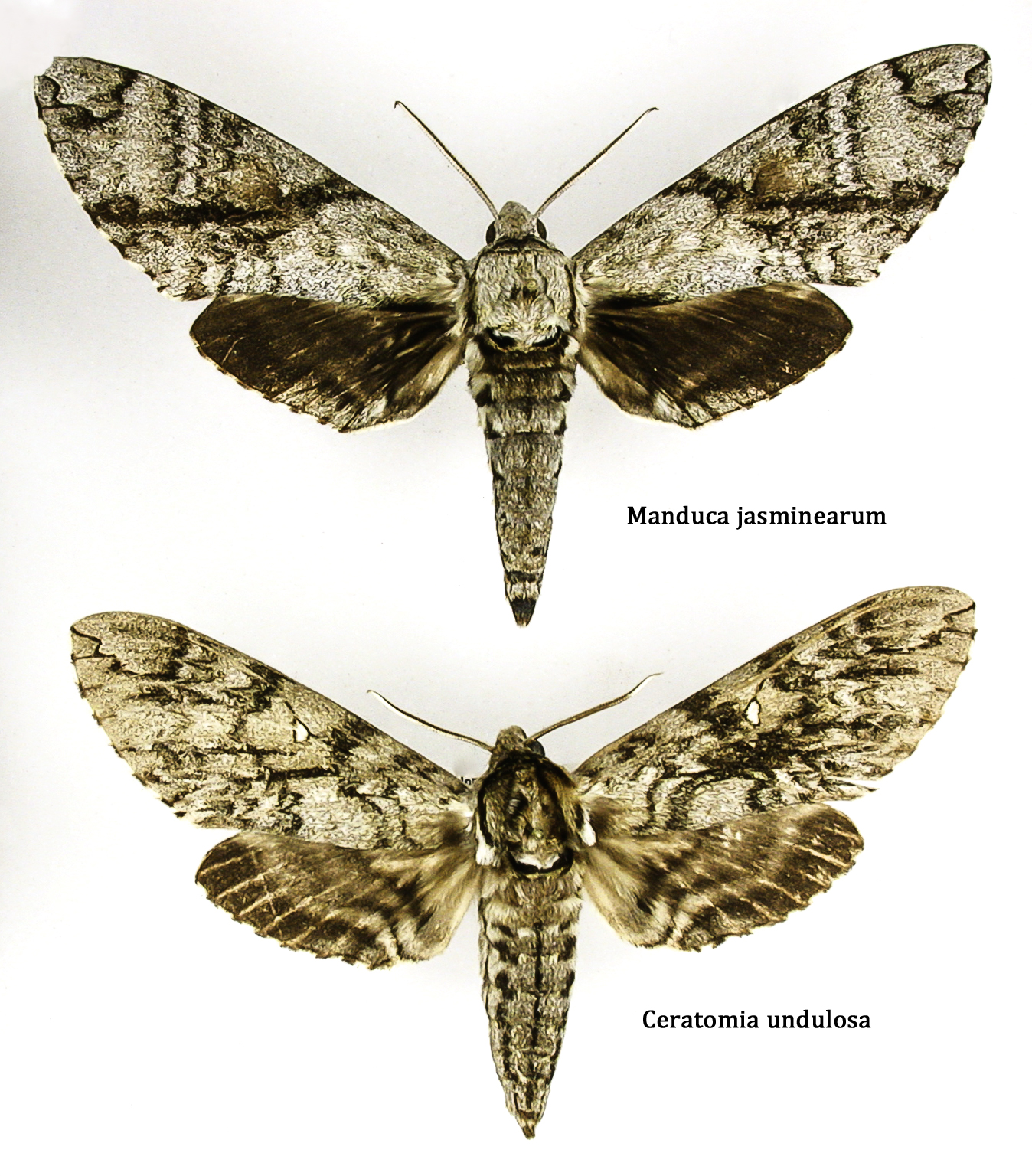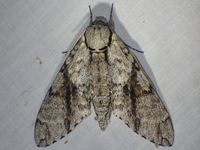
| Recorded by: Emily Stanley on 2024-07-19
Buncombe Co.
Comment: | 
| Recorded by: K. Bischof on 2023-08-04
Transylvania Co.
Comment: |
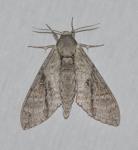
| Recorded by: K. Bischof on 2023-08-04
Transylvania Co.
Comment: | 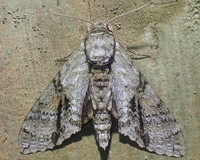
| Recorded by: tom ward on 2023-08-01
Buncombe Co.
Comment: |

| Recorded by: tom ward on 2023-07-31
Buncombe Co.
Comment: | 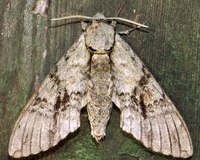
| Recorded by: tom ward on 2023-07-28
Buncombe Co.
Comment: |
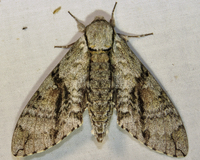
| Recorded by: tom ward on 2023-07-25
Buncombe Co.
Comment: | 
| Recorded by: David George, Rich Teper on 2023-07-22
Orange Co.
Comment: |

| Recorded by: tom ward on 2023-07-21
Buncombe Co.
Comment: | 
| Recorded by: tom ward on 2023-07-16
Buncombe Co.
Comment: |
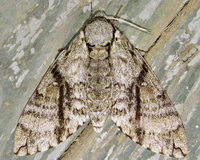
| Recorded by: tom ward on 2023-07-14
Buncombe Co.
Comment: | 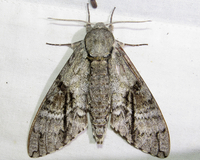
| Recorded by: tom ward on 2023-07-11
Buncombe Co.
Comment: |
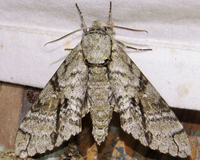
| Recorded by: tom ward on 2023-07-10
Buncombe Co.
Comment: | 
| Recorded by: Emily Stanley on 2023-07-10
Yancey Co.
Comment: |
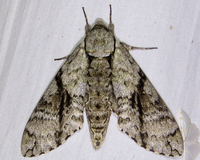
| Recorded by: tom ward on 2023-07-08
Buncombe Co.
Comment: | 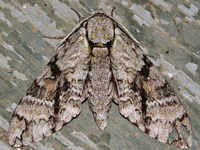
| Recorded by: tom ward on 2022-07-28
Buncombe Co.
Comment: |

| Recorded by: tom ward on 2022-07-22
Buncombe Co.
Comment: | 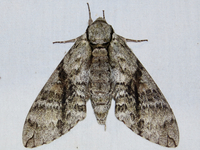
| Recorded by: tom ward on 2022-07-18
Buncombe Co.
Comment: |
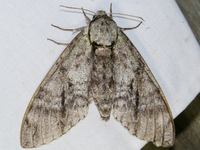
| Recorded by: tom ward on 2022-07-16
Buncombe Co.
Comment: | 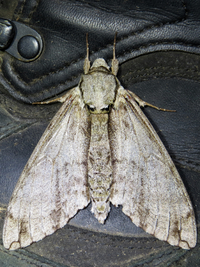
| Recorded by: tom ward on 2022-07-13
Buncombe Co.
Comment: |
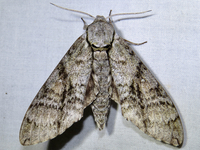
| Recorded by: tom ward on 2022-07-13
Buncombe Co.
Comment: | 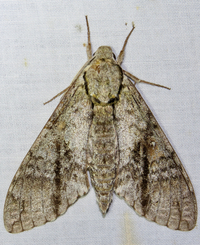
| Recorded by: tom ward on 2022-07-13
Buncombe Co.
Comment: |
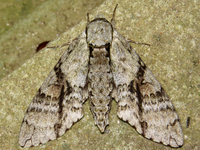
| Recorded by: tom ward on 2022-07-11
Buncombe Co.
Comment: | 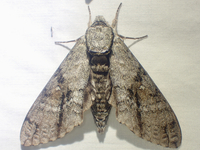
| Recorded by: tom ward on 2022-07-10
Buncombe Co.
Comment: |
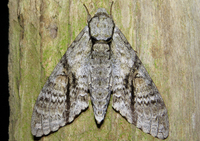
| Recorded by: tom ward on 2022-07-08
Buncombe Co.
Comment: | 
| Recorded by: tom ward on 2022-07-05
Buncombe Co.
Comment: |
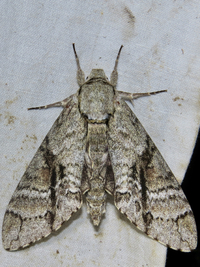
| Recorded by: tom ward on 2022-07-05
Buncombe Co.
Comment: | 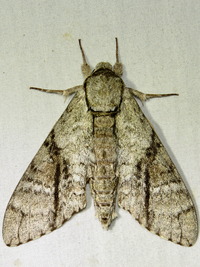
| Recorded by: tom ward on 2022-07-02
Buncombe Co.
Comment: |
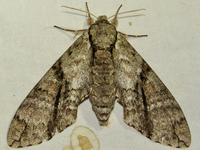
| Recorded by: tom ward on 2022-06-30
Buncombe Co.
Comment: | 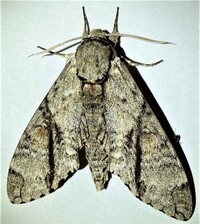
| Recorded by: Dean Furbish on 2022-05-19
Wake Co.
Comment: |
|

 »
»